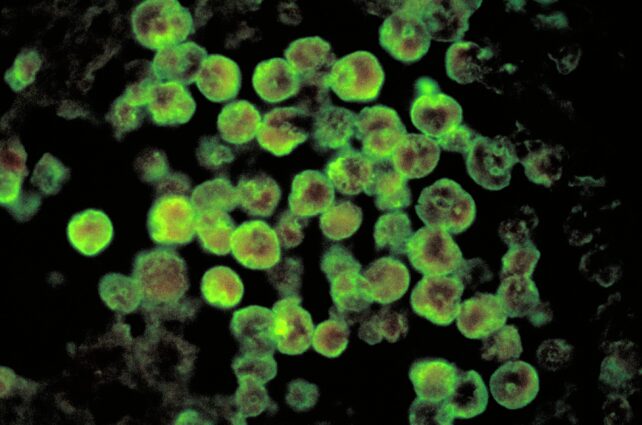A woman in Texas died of a rare brain infection after rinsing her nose with water stored in the tank of a recreational vehicle.
Laboratory tests on the Cephalo liquid of the 71 -year -old woman confirmed that she was infected by Naegleria FowleriA tiny, swimming free protozoar also nicknamed “the eaten brain amiba”, which causes very deadly disease Primary amibic meningoencephalite (PAM).
This killer bug drags in hot plans of fresh water such as ponds, lakes and even neglected pools. Most infections arise by swimming or by engaging in water sports in these places.
“”The patient had no recreational exposure to fresh water; However, it would have done a nasal irrigation several times using unlisted water of RV drinking water tap during the four days before the start of the disease, ” CDC case report details.
“”Despite a medical treatment for a suspected PAM infection, the patient developed crises and later died eight days after the symptoms start. “”
The authorities could not detect the amibe in samples of the VR reservoir or the water supply of the campsite, which may be due to the fact that they have levied samples 23 days after the possible exposure.
But the tests indicated that the water had inadequate levels of disinfectant to prevent microbes from building communities of biofilms which can protect pathogens as N. Fowleri. Water was more cloudy than recommended for drinking water, another sign that disinfectant levels may have been inadequate.
This is why you should really rinse the tap (or the VR tank) in your nose for nasal irrigation: the CDC recommends Only distilled or sterilized water should be used.
Because while N. Fowleri love things lukewarm, that Really Likes, warmer liquids: types that slide inside our body, for example.
When he enters a human body, N. Fowleri Pass a temperature threshold – About 25 degrees Celsius or 77 degrees Fahrenheit – which transforms the bug of its flogged state into an insatiable triphozoistA form in which the microbe is actively nourished and reproduces.
Any other entrance to the body, and N. Fowleri Will be politely escorted by our immune system or burned by stomach acids. But via the nose, it has a simple alarming route to the brain.
This voracious pathogen chews through the membrane that we use to feel, the olfactory epithelium, and follows the nerve fibers which transport the signs of perfume to our brain, niling astrocytes and neurons along the path until it reaches its brain target.

Most people infected with N. Fowleri die within 1 to 18 days After the start of the symptoms. Warning panels include headaches, feverNausea and vomiting, which can evolve towards a steep neck, confusion, loss of balance and hallucinations.
Although this disease is very rare, the prognosis is disastrous: out of the 164 cases reported in the United States between 1962 and 2023, only 4 people survived.
“”This case strengthens the potential for serious health risks associated with improper use of nasal irrigation devices, as well as the importance of maintaining VR water quality and guaranteeing that municipal water systems comply with regulatory standards “, the report states.
The full CDC report is available here.


